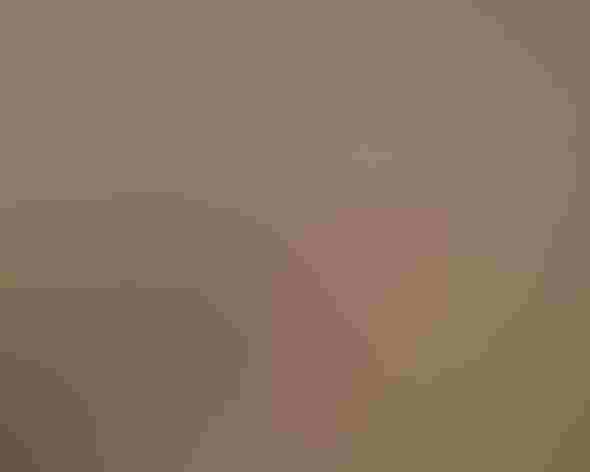Ring-necked Pheasant
At a Glance
Most kinds of pheasants are shy forest birds of Asia. The Ring-neck, better adapted to open country, has been introduced as a game bird to several parts of the world, including North America. Here it thrives in some areas, such as the northern prairies, where the iridescent colors and rich crowing calls of the males add much to the landscape. Winter flocks of these pheasants often are segregated -- small groups of males, larger flocks of females.
All bird guide text and rangemaps adapted from by Kenn Kaufman© 1996, used by permission of Houghton Mifflin Harcourt Publishing Company. All rights reserved.
Category
Pheasants and Grouse, Upland Ground Birds
IUCN Status
Least Concern
Habitat
Fields, Meadows, and Grasslands, Saltwater Wetlands, Shrublands, Savannas, and Thickets, Urban and Suburban Habitats
Region
California, Eastern Canada, Great Lakes, Mid Atlantic, New England, Northwest, Plains, Rocky Mountains, Southeast, Southwest, Texas, Western Canada
Behavior
Flushes, Rapid Wingbeats, Running
Population
56.000.000
Range & Identification
Migration & Range Maps
Apparently a permanent resident everywhere, both on native range and where introduced.
Description
30-36" (76-91 cm). Male unmistakable, colorful with long tail, white neck ring. Mottled brown female known by size, long tail, pale belly; see prairie grouse. "Green Pheasant", sometimes considered a separate species, found locally on east coast; both sexes are darker, and males lack white neck ring.
Size
About the size of a Heron, About the size of a Mallard or Herring Gull
Color
Brown, Green, Red, Tan, White, Yellow
Wing Shape
Broad, Fingered
Tail Shape
Long, Pointed
Songs and Calls
Loud crowing caw-cawk! followed by a resonant beating of the wings. When alarmed flies off with a loud cackle.
Call Pattern
Flat
Call Type
Drum, Raucous, Scream
Habitat
Farms, fields, marsh edges, brush. May live in any semi-open habitat. Sometimes in open grassland but more often in brushy meadows, woodland edges, hedgerows, farmland with mixed crops. Access to water may be important; pheasants are often common around edges of marshes, and are rarely found in very arid places.
Sign up for Ě˝»¨ľ«Ńˇ's newsletter to learn more about birds like the Ring-necked Pheasant
Behavior
Eggs
Usually 10-12, sometimes 6-15 or more. Plain olive-buff, rarely pale blue. Females sometimes lay eggs in each others' nests or in those of other birds; clutches of more than about 18 probably result from two or more females. Incubation is by female only, 23-28 days.
Young
Downy young leave nest with female shortly after hatching; mostly feed themselves. Male may rarely accompany female and brood. Young capable of short flights at about 12 days, but stay with female for 10-12 weeks.
Feeding Behavior
Typically feeds on ground, sometimes in trees. On ground, scratches with feet or digs with bill to uncover food.
Diet
Omnivorous. Diet varies with season and place. Feeds on wide variety of grains and smaller seeds, fresh green shoots, buds, roots, berries, insects, spiders, earthworms, snails; rarely eats lizards, snakes, frogs, rodents. Diet may include more seeds in winter, more insects in summer.
Nesting
Male defends territory by taking raised perch, giving crowing call while briefly drumming with wings. One male may have several mates, the females associating with each other in a small flock on his territory. In courtship, male struts in half-circle around female with back and tail feathers tilted toward her, near wing drooping, face wattles swollen. Nest site is on ground in dense cover. Nest (built by female) is shallow depression lined with grass, leaves, weeds.
Conservation
Conservation Status
Intensively managed as a game bird in most areas where it occurs in North America. Some populations here probably not self-sustaining, but are maintained by releases of game-farm birds.
Climate Threats Facing the Ring-necked Pheasant
Choose a temperature scenario below to see which threats will affect this species as warming increases. The same climate change-driven threats that put birds at risk will affect other wildlife and people, too.








